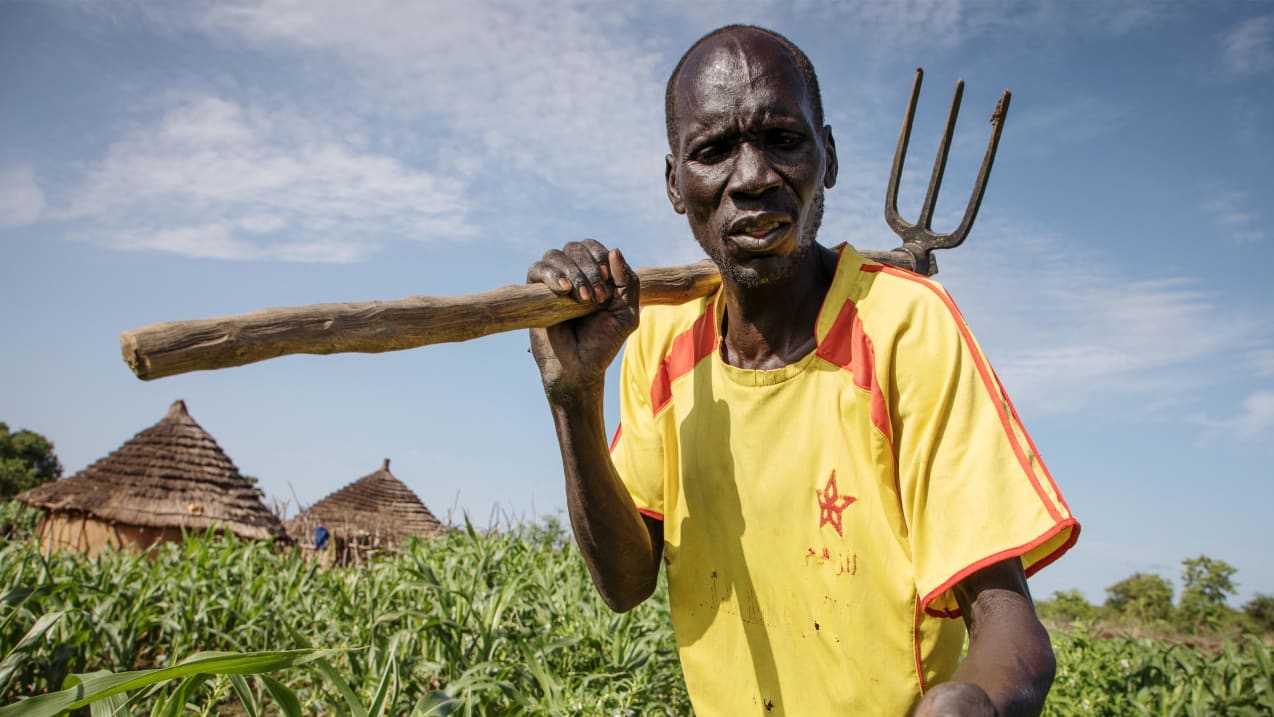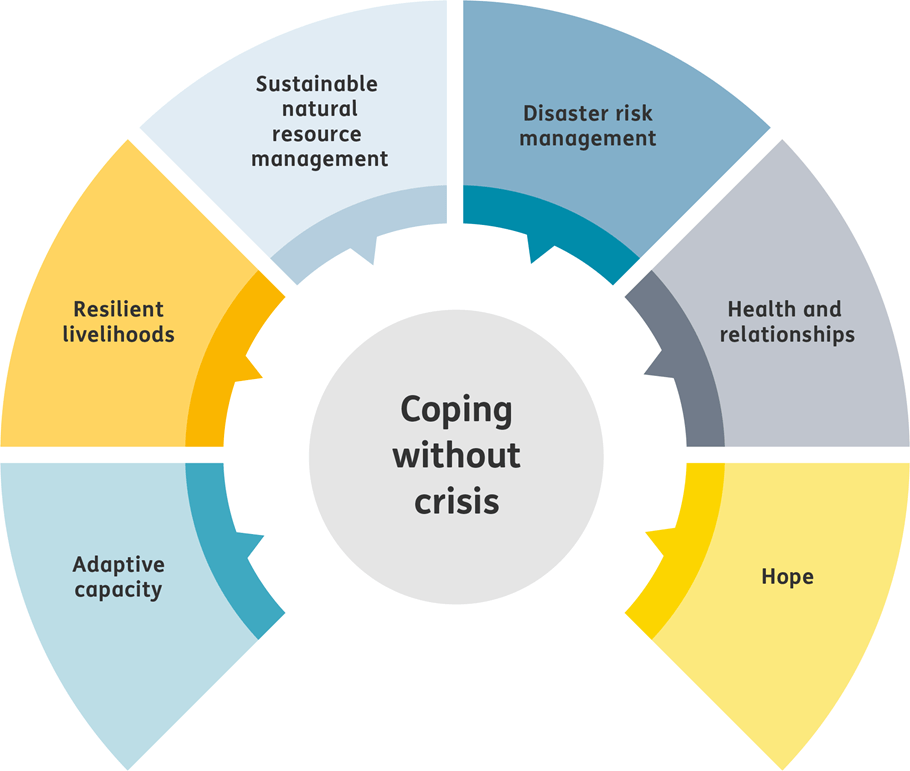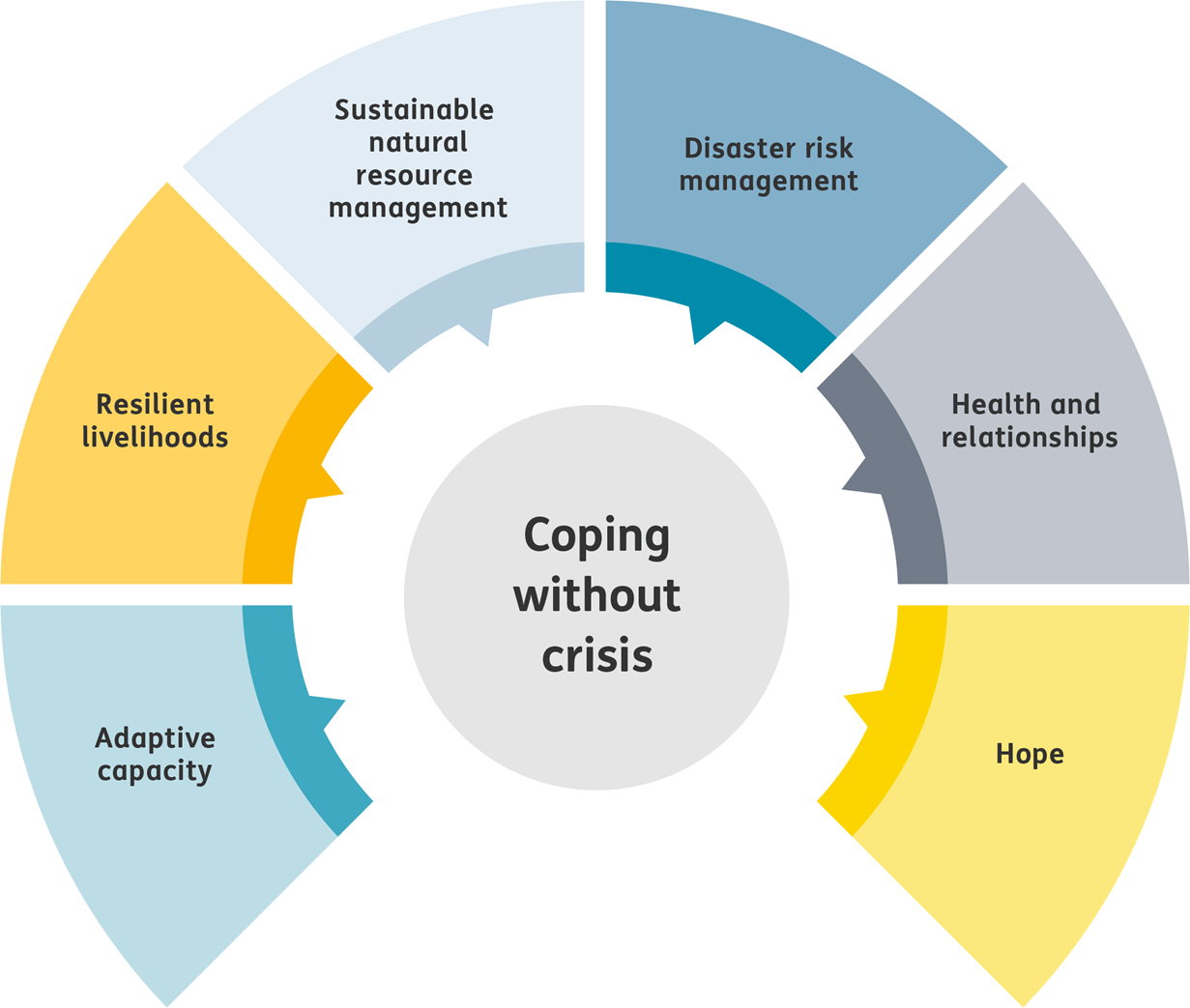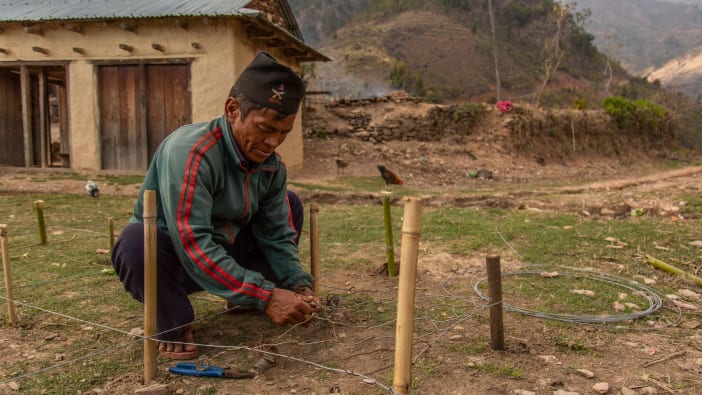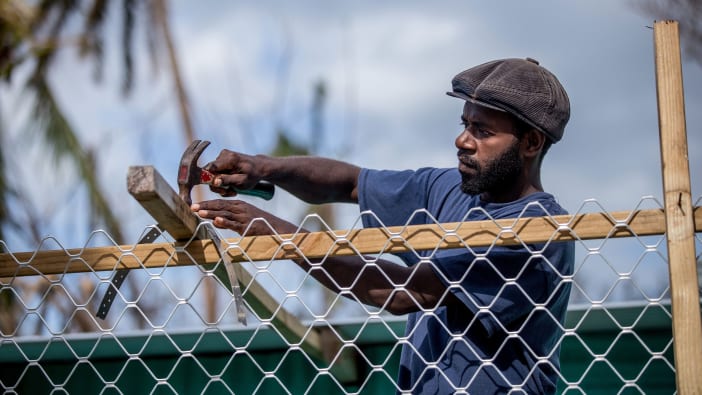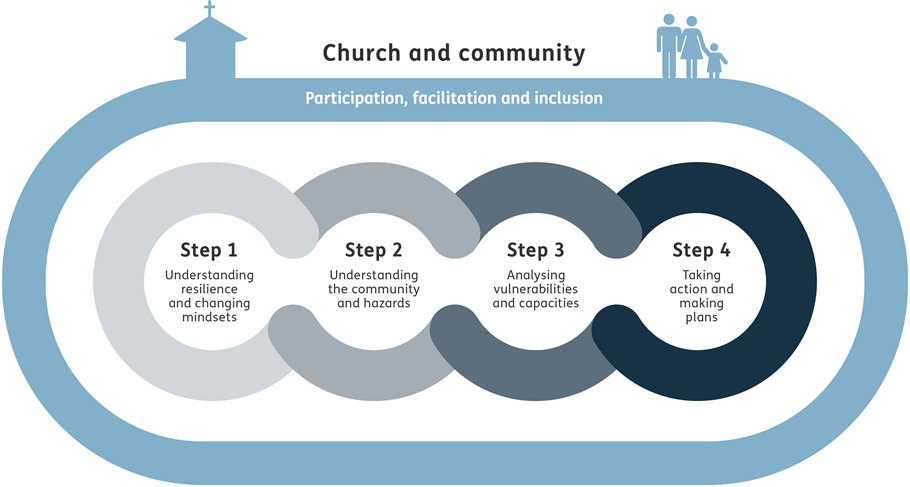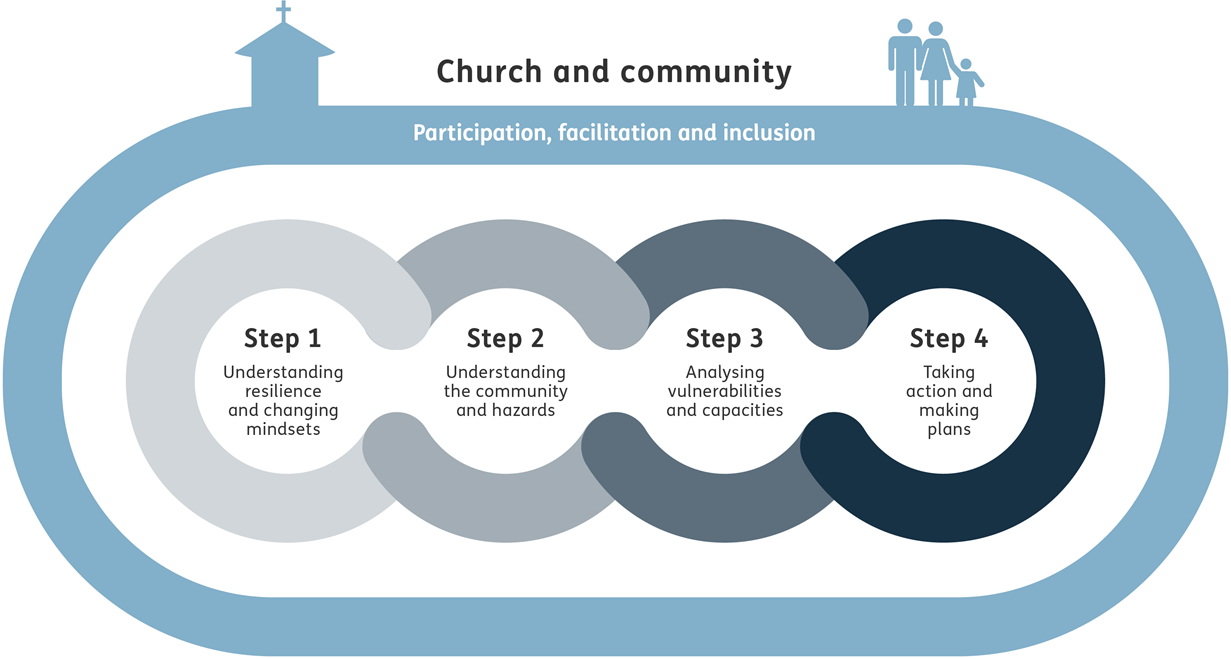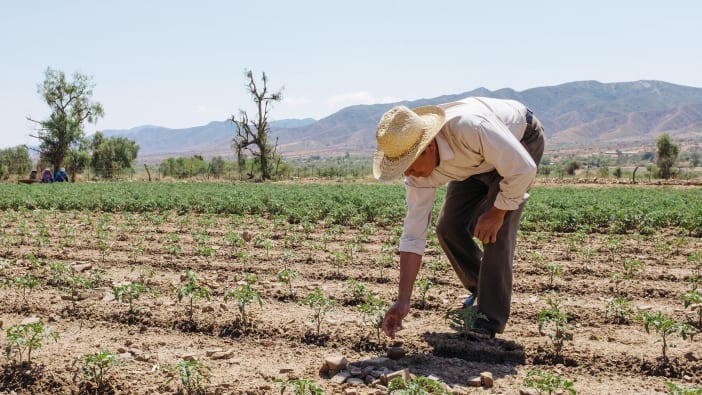Food security
Tearfund’s approach to food security is to build resilient communities where all people, at all times, have access to sufficient, safe and nutritious food. We support communities to produce more food and increase income using sustainable farming practices without undermining the natural environment or resource base for future generations.
The importance of agriculture
Agriculture is key to food security, for the livelihoods of millions of people, and for the functioning of the natural resource base. However, the agricultural sector is severely affected by climate change and, at the same time, is responsible for a significant share of greenhouse gas emissions.
In addition, agriculture has a considerable ability for adaptation, and an important potential for mitigation, while safeguarding food security.
Promoting climate-smart agriculture
We promote climate-smart agriculture by sustainably increasing agricultural productivity and incomes – adapting and building resilience to climate change and reducing and/or removing greenhouse gas emissions, where possible.
We promote approaches such as:
- Soil and water conservation through Foundations for Farming/conservation agriculture, agroforestry, natural resource regeneration, intercropping, and Slope Agriculture Land Technology (SALT)
- Working with the government and research bodies to identify suitable crop and livestock varieties
- Analysing climatic suitability of major agricultural value chains
- Food storage and processing to reduce losses in environmentally sustainable ways
Supporting farmers to move from subsistence to profit
Since hunger is essentially a poverty issue, we will support farmers to move from subsistence to profit by linking them to fair markets and making sure they produce enough for both home consumption and sale. People should be able to sustainably commercialise their farming, access markets and sell their produce at fair prices in order to thrive economically and improve food security.
Food security and disasters
During disasters we will promote food security approaches that concurrently address immediate humanitarian needs, long-term recovery and sustained peace. Wherever possible, cash-based approaches will be promoted as a means for accessing food and materials for relief and recovery such as grains and seeds. These approaches have been proven to stimulate local markets and accelerate economic recovery.
We would like to see the sustainable development goal (SDG) of zero hunger become a reality in all our communities.


